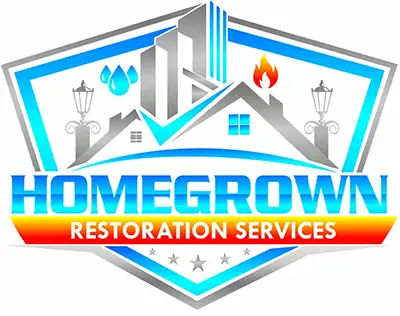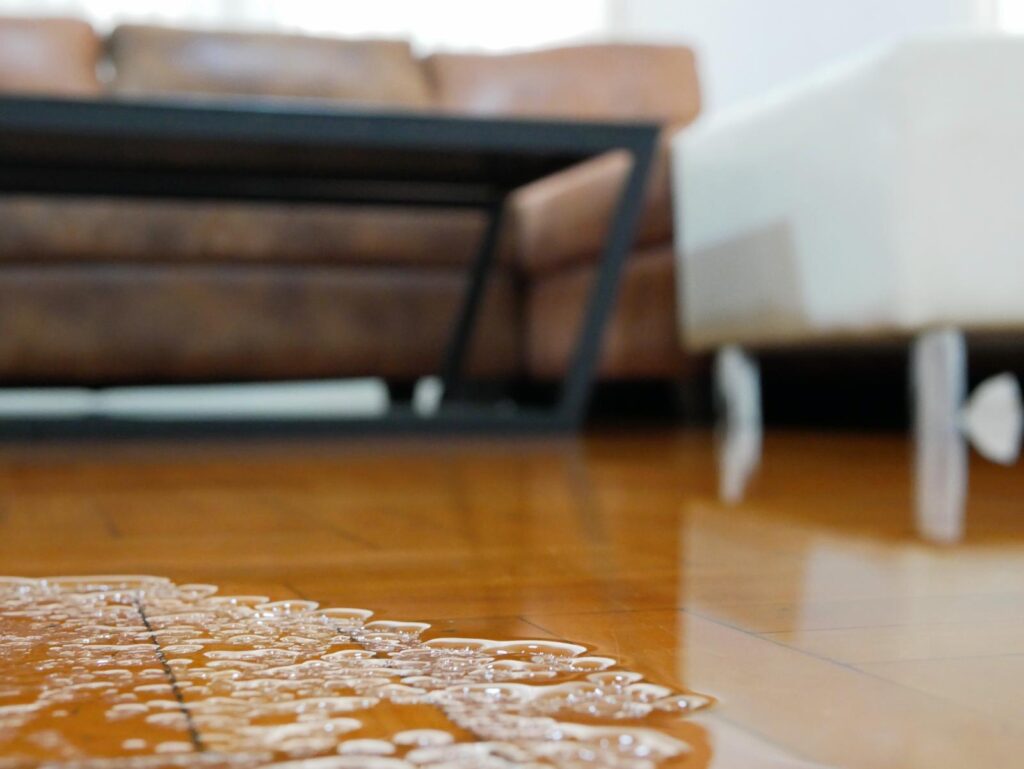Imagine you’re at the helm when a pipe bursts in your office complex, flooding the floors and threatening equipment and documents. Your first step should be to assess the water damage and begin water extraction quickly and accurately.You’ll need to prioritize safety, ensuring everyone in the vicinity is equipped with personal protective equipment before anything else. This response not merely mitigates immediate risks but also sets the stage for effective recovery. What comes next? You’ll need to employ specific strategies and tools to tackle the emergency efficiently. Curious about which cutting-edge equipment and techniques can save your property and peace of mind? Let’s explore further.
Key Takeaways
- Utilize industrial-grade vacuums and water pumps to efficiently remove standing water.
- Implement rapid drying techniques with high-velocity air movers and dehumidifiers.
- Prioritize safety by using PPE and restricting access to hazardous areas.
- Coordinate with restoration professionals for thorough damage assessment and recovery.
- Continuously monitor and control humidity levels to prevent mold growth.
Assess the Extent of Water Damage
Before you begin any remediation efforts, it’s vital to thoroughly evaluate the extent of water damage in your commercial building. Doing so helps in strategizing an effective response and in preventing future issues. Your first step should be water source identification. You need to find out where the water is coming from to effectively stop further damage. Is it a burst pipe, a roof leak, or a flooding issue?
Once the source is addressed, you can move on to the damage evaluation.
When evaluating the damage, start by inspecting the most affected areas. Look for signs of water penetration in carpets, walls, and equipment. Document everything with photos and notes—this will be significant for insurance claims and for your repair teams to understand the full scope of the damage.
Pay special attention to hidden areas where water might accumulate, such as basements and crawl spaces. Moisture in these areas can lead to mold, which poses a considerable risk to the building’s structural integrity and indoor air quality.
As you walk through your building, remember, you’re not merely evaluating physical damage; you’re taking the first step toward restoring your community’s gathering spot. Your employees, customers, and tenants rely on your building not solely for services but for safety and comfort.
Prioritize Safety Measures First
Once you’ve assessed the extent of water damage, it’s imperative to prioritize safety measures to protect everyone who enters your commercial building. As you initiate this critical phase, remember, you’re not merely ensuring a safe environment for recovery efforts, but also fostering a sense of security among your staff and visitors.
Firstly, establish clear safety protocols. Before anyone steps into the affected areas, make sure they’re aware of potential hazards. Water damage can undermine the structural integrity of building materials, create slippery surfaces, and expose electrical risks. Clearly mark unsafe zones and restrict access until professional assessments can confirm that these areas are secure.
Next, enhance your hazard awareness. Water incidents can lead to hidden dangers like mold growth and chemical leaks, which mightn’t be immediately obvious. Keep your teams informed about these risks and how to handle them safely. Provide personal protective equipment (PPE) such as gloves, boots, and masks to shield against both biological and chemical exposures.
Communication is your ally in maintaining safety. Use signage, announcements, and team briefings to keep everyone up-to-date on current and emerging risks, as well as the steps you’re taking to mitigate them. This not only keeps safety at the forefront but also builds a community ethos of looking out for one another.
Utilize Industrial Grade Equipment
After addressing safety measures, shift your focus to utilizing industrial-grade equipment for water extraction in your commercial building. You’re part of a community that values efficiency and thoroughness, and choosing the right tools is vital to living up to those standards.
Begin by selecting a high-capacity industrial vacuum. This isn’t just any vacuum; it’s designed to handle large volumes of water rapidly, ensuring that your property is cleared of moisture effectively. You’ll find that these vacuums aren’t merely powerful but also built to endure the harsh conditions that often accompany flooding situations. It’s an investment in your property’s resilience and in your peace of mind.
Next, incorporate robust water pumps. These are essential for moving large amounts of water out of your building. Opt for submersible pumps if the water level is significant; they work efficiently even when completely submerged. For lower volumes, centrifugal pumps can be effective.
Remember, the key is to choose equipment that matches the severity of the situation—this isn’t a one-size-fits-all scenario.
As you deploy these tools, consider their placement strategically. Position industrial vacuums in areas where water accumulates most, and set up pumps where they can easily transport water to designated drainage areas.
Efficiency here means faster recovery, and faster recovery means less downtime for your business.
Implement Rapid Drying Techniques
To effectively minimize moisture-related damage and hasten the reopening of your commercial space, it’s vital to implement rapid drying techniques immediately following water extraction.
Moisture control isn’t just about removing standing water; it’s about guaranteeing that every bit of excess moisture is addressed to prevent mold, mildew, and structural damage.
You’re part of a community that values quick recovery and resilience. Here’s how you can achieve effective drying:
- Enhance Air Circulation
Maximize air circulation by using high-velocity air movers and industrial fans.
Position these strategically throughout the affected area to promote airflow across surfaces, significant for speeding up the drying process.
Opening windows and doors, if weather permits, also contributes to better air exchange.
- Utilize Dehumidifiers
Deploy powerful dehumidifiers to pull moisture out of the air.
In large spaces, you may need multiple units to cover the area efficiently.
Remember, reducing air moisture is key to preventing the growth of mold and further water damage.
- Monitor Humidity Levels
Regularly check humidity levels with hygrometers to verify they’re decreasing.
Ideal humidity should be kept between 30% and 50% to effectively dry out the premises and maintain a balance that discourages mold growth.
Coordinate With Restoration Professionals
Many restoration professionals possess the expertise and equipment necessary to guarantee the drying process is thorough and meets industry standards. When you’re facing a water emergency in your commercial building, it’s vital that you don’t merely partner with any service; you need a team that’s equipped for large-scale disaster management and recovery.
As you coordinate with these experts, confirm they perform a rigorous damage assessment. This step isn’t merely about identifying the areas that are wet; it’s about understanding the structural, electrical, and health impacts the water has had on your building. The right professionals will offer you a clear plan of action, prioritizing areas to prevent mold growth and further damage.
In the midst of an emergency response, communication is your most powerful tool. Make certain the team you choose keeps you in the loop at every step. They should explain their recovery strategies, the equipment they’ll use, and the timeline you can expect. This transparency not only helps in managing the current crisis but also prepares you for potential future emergencies.
Remember, the goal here isn’t solely to get rid of the water. It’s to restore your building to its pre-damage state. This involves detailed planning, precision in execution, and ongoing monitoring of the environment to guarantee complete drying.
Whether it’s day or night, your chosen professionals should be ready to respond and reassure you that your property is in capable hands.
To Sum Up
As you navigate the tempestuous waters of commercial water damage, remember to steadfastly assess, prioritize safety, and harness potent equipment. Swiftly engage drying artillery and synchronize with seasoned restoration knights to fortify your stronghold against moisture’s siege. By adopting these strategies, you guarantee a robust defense, minimizing downtime and safeguarding your empire’s future prosperity. Act decisively, and the tide will turn in your favor, restoring serenity and stability to your domain.

